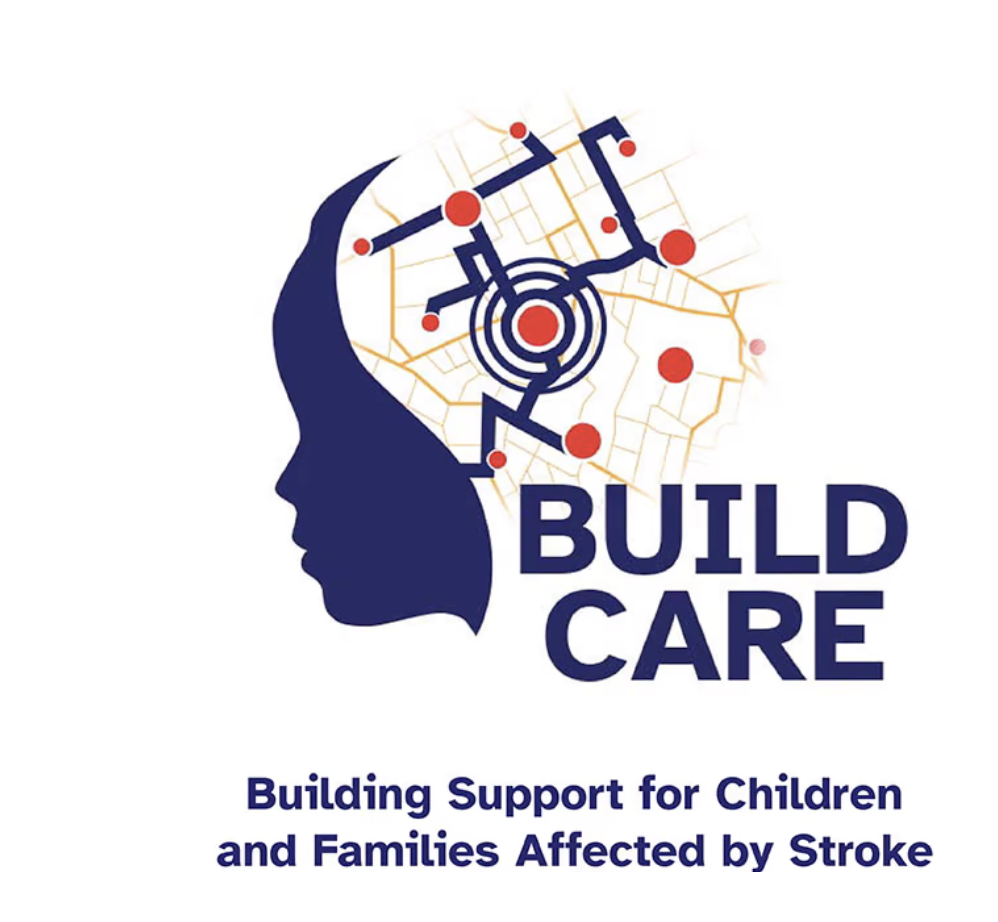
Funded by Horizon2020 European Joint Programme on Rare Diseases
Cooperation between TU Vienna (Maja Kevdzija), Meduni Vienna (Lisa Bartha-Doering), TU Dresden (Gesine Marquardt) und KU Leuven (Ann Heylighen)
Duration 2022-2025
Project website: https://www.buildcare-project.eu/de
Childhood stroke alters the life of children and their families as care continues for many years after stroke onset. We aim to, for the first time, investigate the role of the built environment in the everyday life of children and families affected by this rare disease. We will examine both the informal (i.e. home, neighbourhood, school) and formal (i.e. hospital, rehabilitation clinic, outpatient clinic) care environments. Children and their families, healthcare professionals, and design practitioners will be involved in the project through individual and focus group interviews (in Austria, Belgium and Germany), participatory methods attuned specifically to involve children, floor plan analysis of healthcare facilities and a broadly distributed survey.
Based on the insights gained, design recommendations will be developed and discussed with participating families, Patient Advocacy Organisations (PAOs), healthcare professionals, and design practitioners. The recommendations for home modifications will be practical and directly beneficial to families of children after a stroke. The recommendations for healthcare facilities will be targeted at design practitioners and healthcare professionals. All developed recommendations will be shared with all interested parties in an online ‘Knowledge-sharing Platform’. Furthermore, the detailed information on the financial burden of the families affected by childhood stroke will be shared with PAOs for further use. The project results will inform the accommodation, design and delivery of care and improve the everyday life of children and families affected by childhood stroke.
Publications within this project so far:
Kevdzija M, Bartha-Doering L, Heying R, Heylighen A, Jelić A, Jellema P, Kalhorn AF, Mandl S, Marquardt G, Moser B, Muszynska-Spielauer M, Ortibus E, Renner AT, Schoß AS, Tutenel P. Building support for children and families affected by stroke (BUILD CARE): Study protocol. PLoS One. 2025 Feb 5;20(2):e0308765. DOI: 10.1371/journal.pone.0308765
Mandl S, Novak A, Kollndorfer K, Seidl R, Bartha-Doering L (2023) Visuospatial processing skills following unilateral arterial ischemic stroke in childhood. European Journal of Paediatric Neurology 42: 133-141. DOI: 10.1016/j.ejpn.2023.01.008
